Against the backdrop of the continuously growing bathroom renovation market, the selection and replacement of tub drain systems are becoming a niche area of concern for an increasing number of consumers and construction contractors. Although drainage systems are usually small and inexpensive, their user experience, drainage efficiency, anti-blocking performance, and installation method directly affect the daily user experience and maintenance costs of bathtubs.
According to the annual consumption trend report by the National Kitchen and Bath Association (NKBA), bathrooms are among the most frequently renovated spaces in home renovations, with bathroom renovation spending accounting for over 30% of the overall home decoration budget (source: NKBA.org). At the same time, the average cost of renovating residential bathrooms about $9,000-$25,000, with bathtubs, shower systems, and drainage accessories being a key consumer focus category (source: homeadvisor.com).
In light of this trend, understanding the types, applicable scenarios, installation structures, and maintenance methods of bathtub drainage systems has become an essential part of bathroom upgrades that cannot be ignored. This article will comprehensively analyze the market background, five mainstream bathtub drainage structures, key installation points, selection recommendations, and future trends.
1. Why is the bathtub drainage system becoming increasingly crucial in home decoration
The bathtub drainage system not only determines the speed of water discharge but also affects anti-backflow, anti-clogging, and the daily convenience of use. In the United States, bathtubs are often combined with showers in residential areas. If the drainage is not smooth, it can lead to water accumulation, odors, water stains, and slip hazards.
In addition, as consumers place greater emphasis on home comfort and safety, choosing a durable, easy-to-clean, structurally sound, and bathtub-compatible drainage system has become an essential factor in enhancing the bathing experience.
2. Five common types of Tub Drains in the market
The following are the five most common drainage structures in homes and commercial bathrooms, each with different characteristics in terms of operation, maintenance, and installation:
1. Lift and Turn (rotary lift drainage)
Operation method: Rotate the center cover by hand, push it up to open, and press it down to lock.
Advantages: Simple structure, high durability, and affordable price.
Applicable users: Families pursuing long service life and minimal maintenance.
Installation difficulty: Medium, requiring precise matching of thread size.
2. Push and Pull (push and pull drainage)
Operation method: Press to close, press again to pop up and drain.
Advantages: Smooth feel, simple appearance, and resistance to sticking.
Disadvantage: Long-term use of internal springs may require replacement.
Applicable: Modern bathroom styles with high requirements for appearance.
3. Toe Touch (foot-operated drainage)
Operation method: Gently step on the center of the drainage cover with your foot to open and close it.
Advantages: No bending required, suitable for the elderly and those with difficulty moving.
Disadvantage: The spring-and-button structure is relatively delicate and requires regular maintenance.
Commonly used in hotels, accessible bathrooms, and elderly households.
4. Trip Fever (lever drainage)
Operation method: Use the wall lever on the front of the bathtub to control the internal linkage mechanism.
Advantages: No need to touch the drainage outlet; elegant operation; the classic retro-style bathroom is commonly used.
Disadvantage: The internal connecting rod is prone to getting stuck and requires regular inspection and cleaning.
Suitable for: embedded bathtubs and decor that emphasizes retro style.
5. Pop Up (Bouncing Drainage)
Operation method: Similar to bathroom basin drainage, the upper button controls the rotation or bouncing structure.
Advantages: The most modern appearance and simple lines.
Disadvantages: Sensitive to scale and requires frequent cleaning in hard-water areas.
Commonly used for modern bathroom sets that pursue design uniformity.
3. Size and installation: key parameters that must be measured before purchasing
When replacing or selecting a bathtub drain, size matching is crucial.
1. Diameter of drainage outlet
The standard diameter for bathtub drain outlets in households is usually 1 1/2 inches or 1 3/8 inches.
If renovating an old house, it is recommended to remove the old drainage cover for comparison.
2. Installation distance of Overflow Drain
In a standard bathtub, the vertical distance from the drain to the overflow port is usually 14 to 18 inches.
The shape of different bathtubs (such as deep soaking and high back) may vary.
3. Depth of bathtub and pipeline direction
Deep immersion bathtubs generally require an extended overflow pipe set.
The drainage of wall-mounted bathtubs is better suited for fixed-pipe systems, while independent soaking bathtubs are more commonly equipped with adjustable drainage components.

4. Materials and Durability: Why Materials Determine Service Life
In a bathroom environment with high humidity and residual soap and shower products, material selection affects corrosion resistance.
Brass: strong corrosion resistance, long service life, high-end bathtubs, and high demand for long-term use.
Stainless Steel: moderate cost and good rust resistance for most households.
ABS+coating: low price but weak durability for temporary installation or rental housing.
5. US market trend: Tub Drain is shifting from "accessories" to "experience design"
According to Statista data, the bathroom hardware and accessories market is expected to maintain an annual growth rate of 4.8% over the next five years, with stable demand for products related to drainage and waterway maintenance (source: statista.com).
The main consumer demands driving this trend include:
Emphasis on accessible operation (foot-operated, lever-operated)
The pursuit of a unified overall bathroom style (Pop Up and metal veneer set)
Attention to detachable, washable, and anti-clogging design (increasing demand for detachable filter design)
In addition, as the renovation volume of old houses increases, the incremental market for Tub Drain replacement remains stable in the long run.
6. Buying advice: How to quickly make the right choice
If durability is essential, choose Brass or Stainless Steel
If you need a quick DIY installation, choose Lift and Turn/Push and Pull
For the elderly or people with limited mobility → Choose Toe Touch or Trip Fever
If the bathroom style is modern and simple → choose Pop Up
7. Summary
Although the bathtub drainage system is small, it plays a vital role in user experience, drainage efficiency, bathroom safety, and maintenance costs. Against the backdrop of the growing home decoration market in the United States and consumers' emphasis on comfortable experiences, understanding the types, structures, and applicable scenarios of drainage systems has become an essential detail in bathroom renovation that cannot be ignored.
The correct choice is durable, beautiful, easy to clean, and suitable for family members.
This is not only about the convenience of use but also a key step in improving the quality of family life.

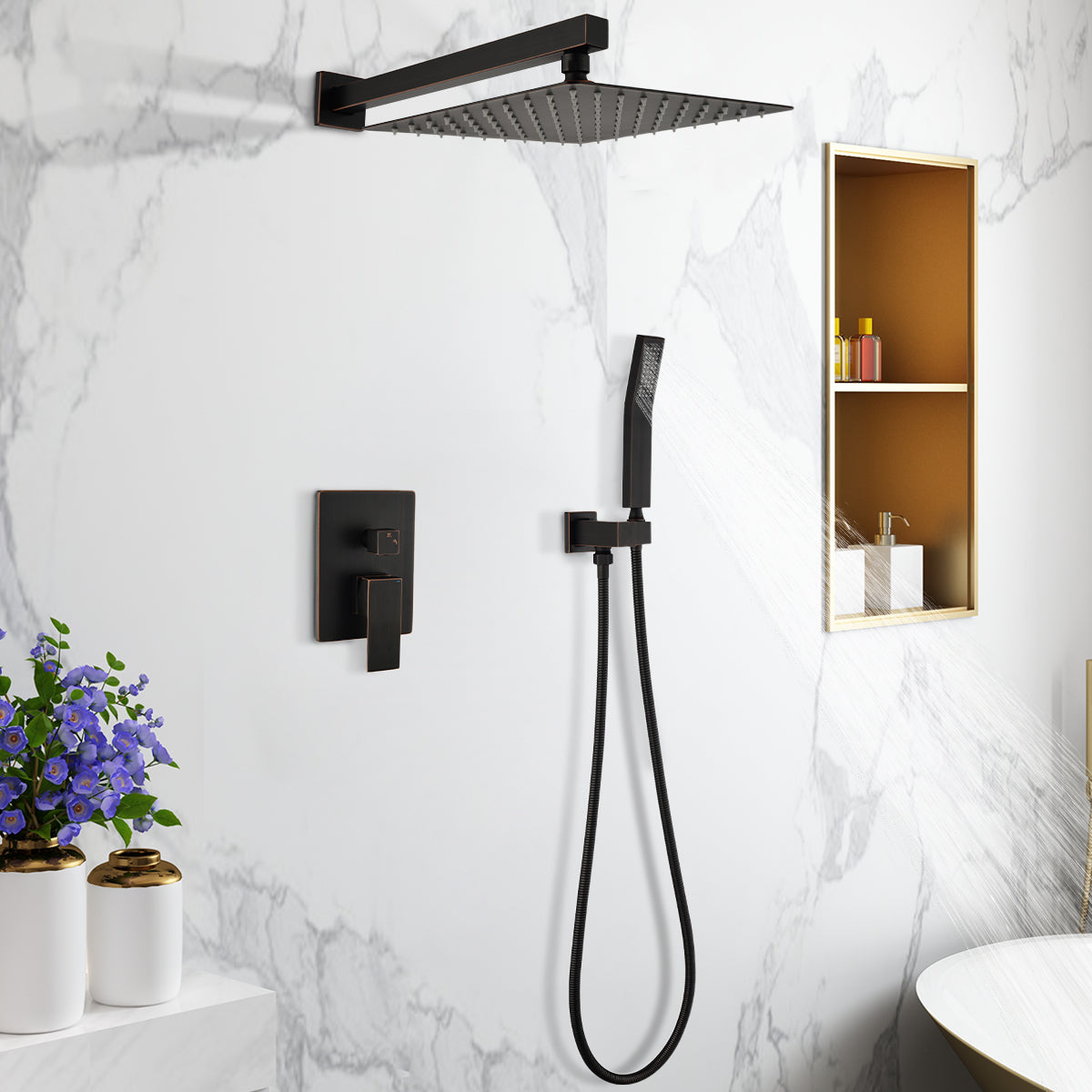






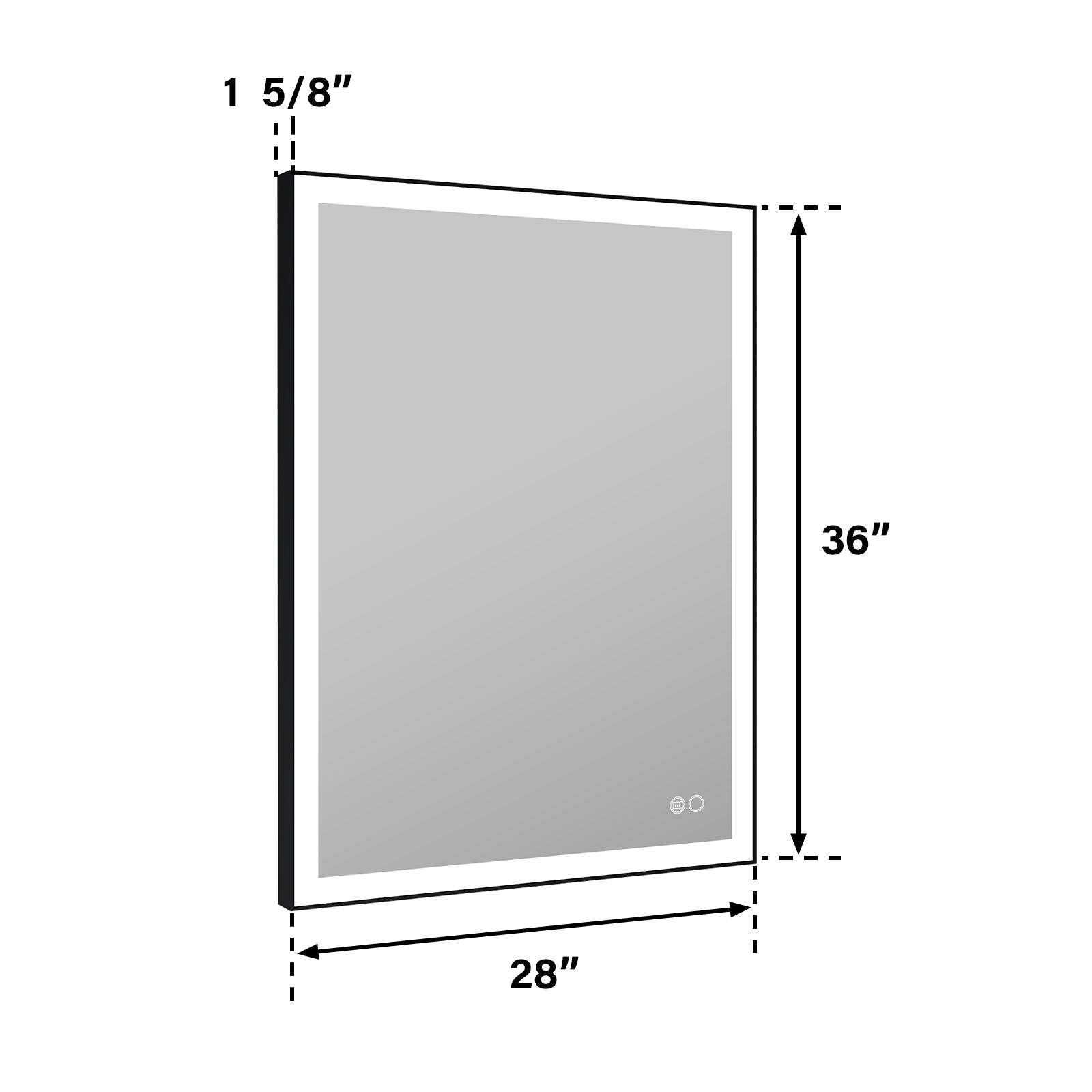
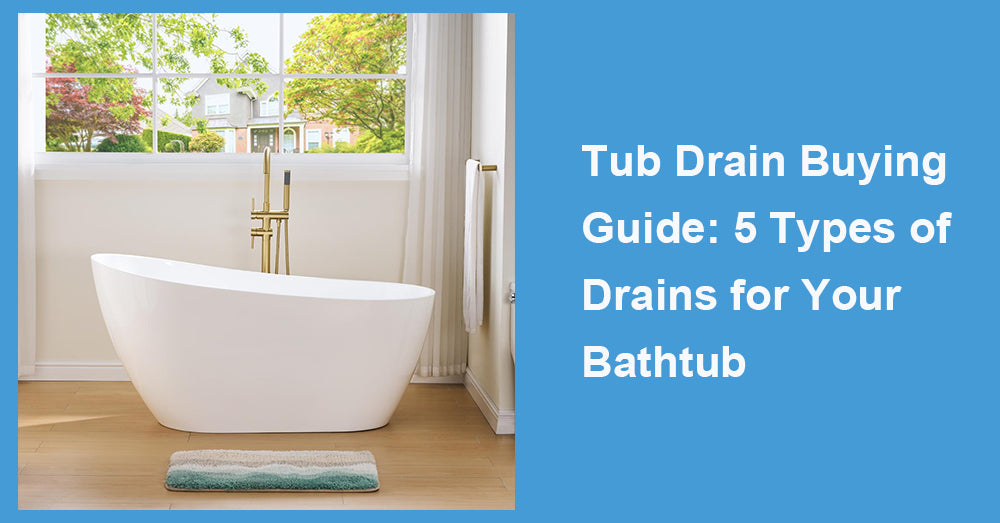
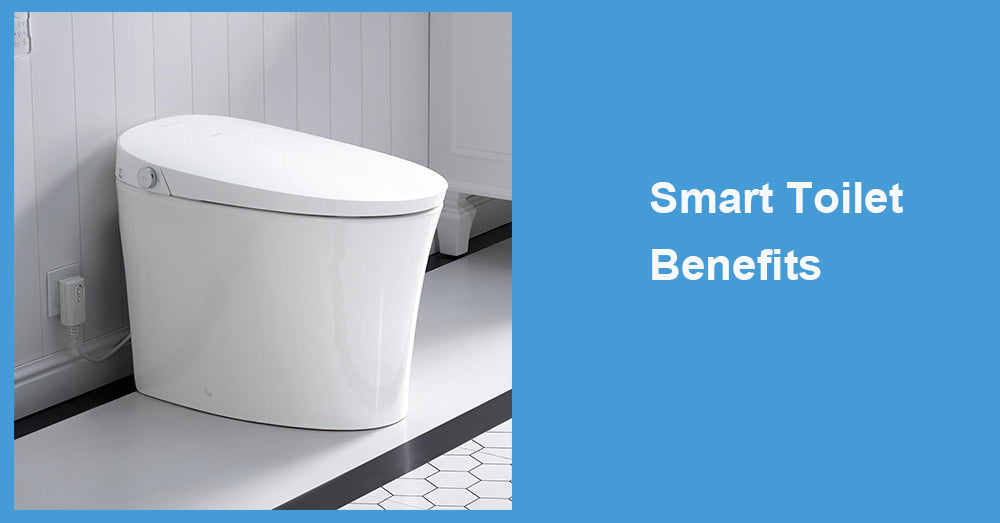
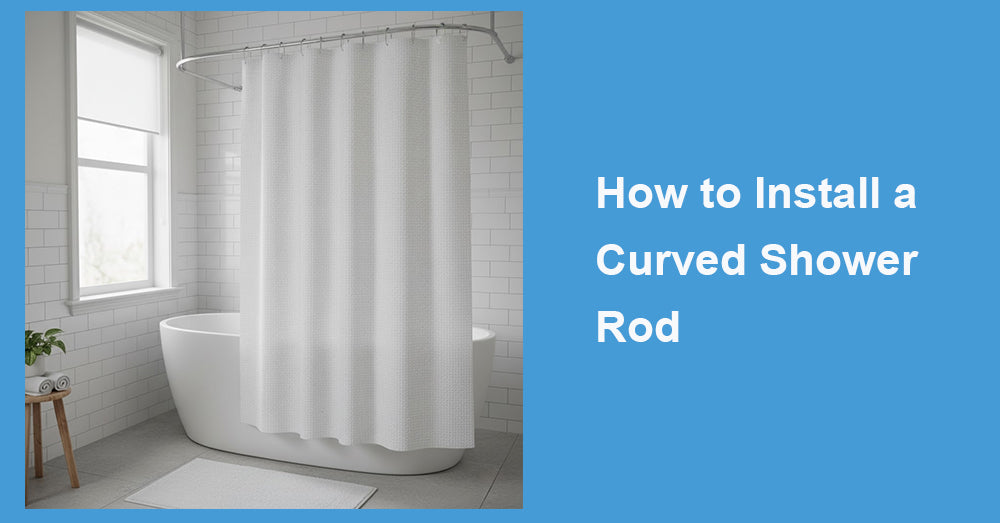
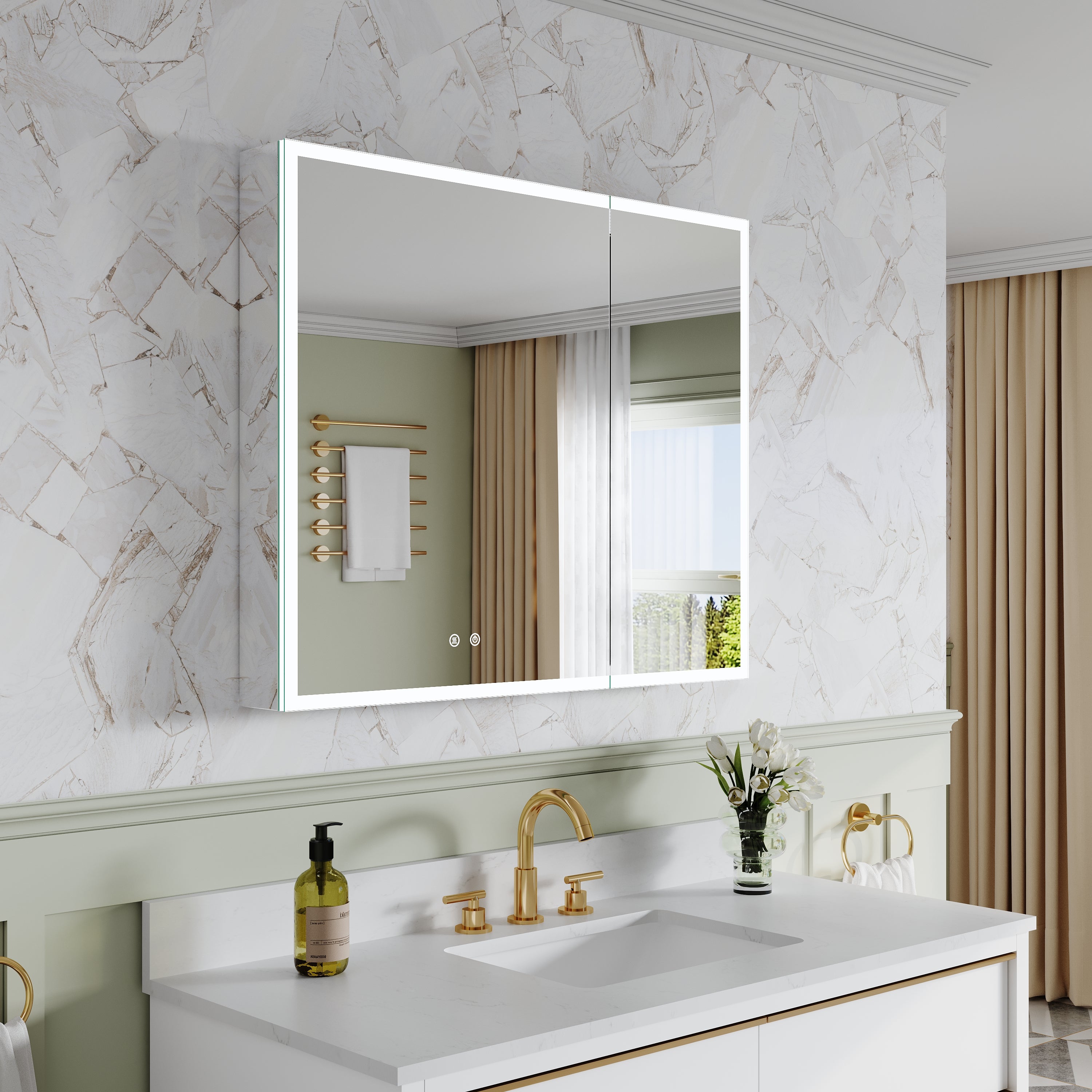
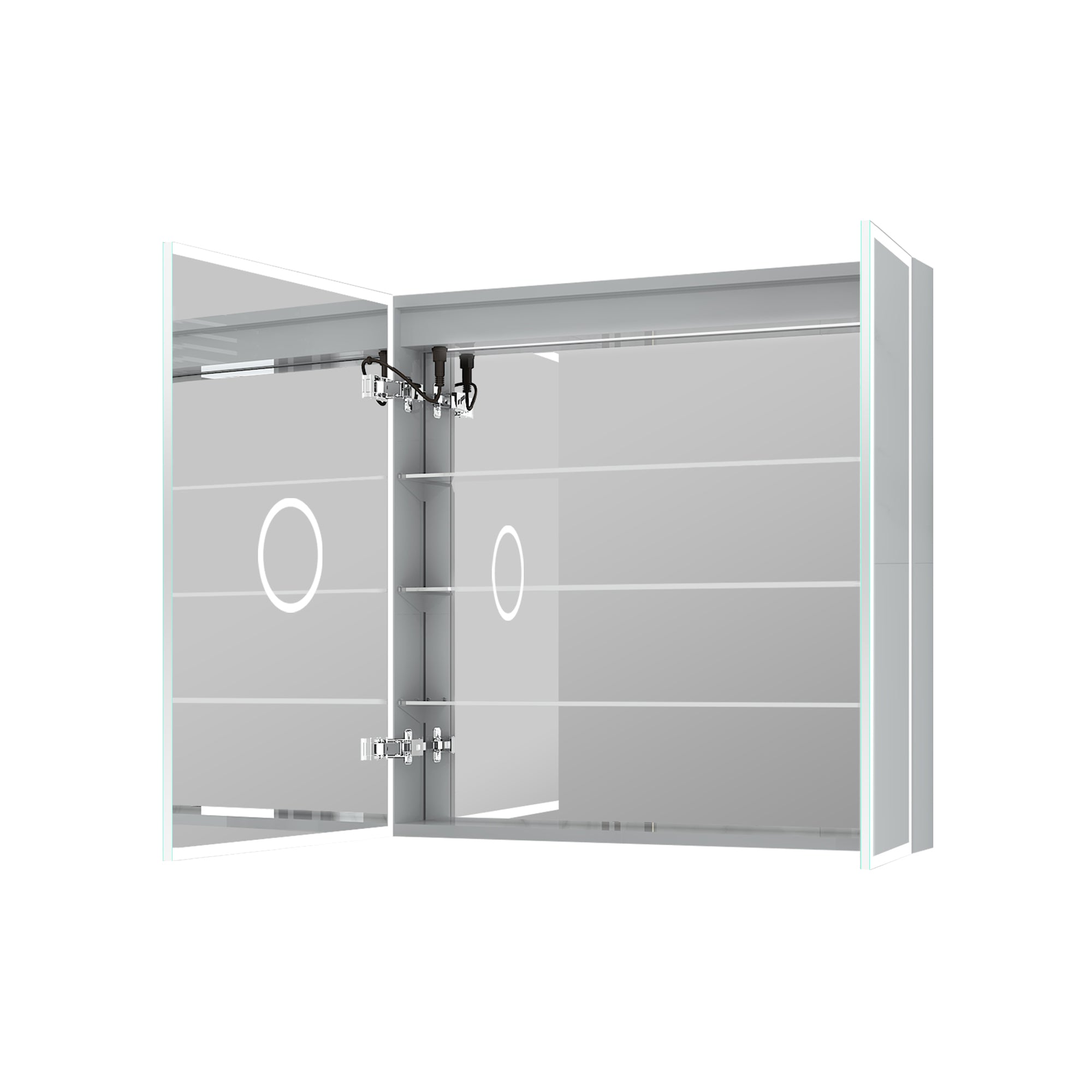
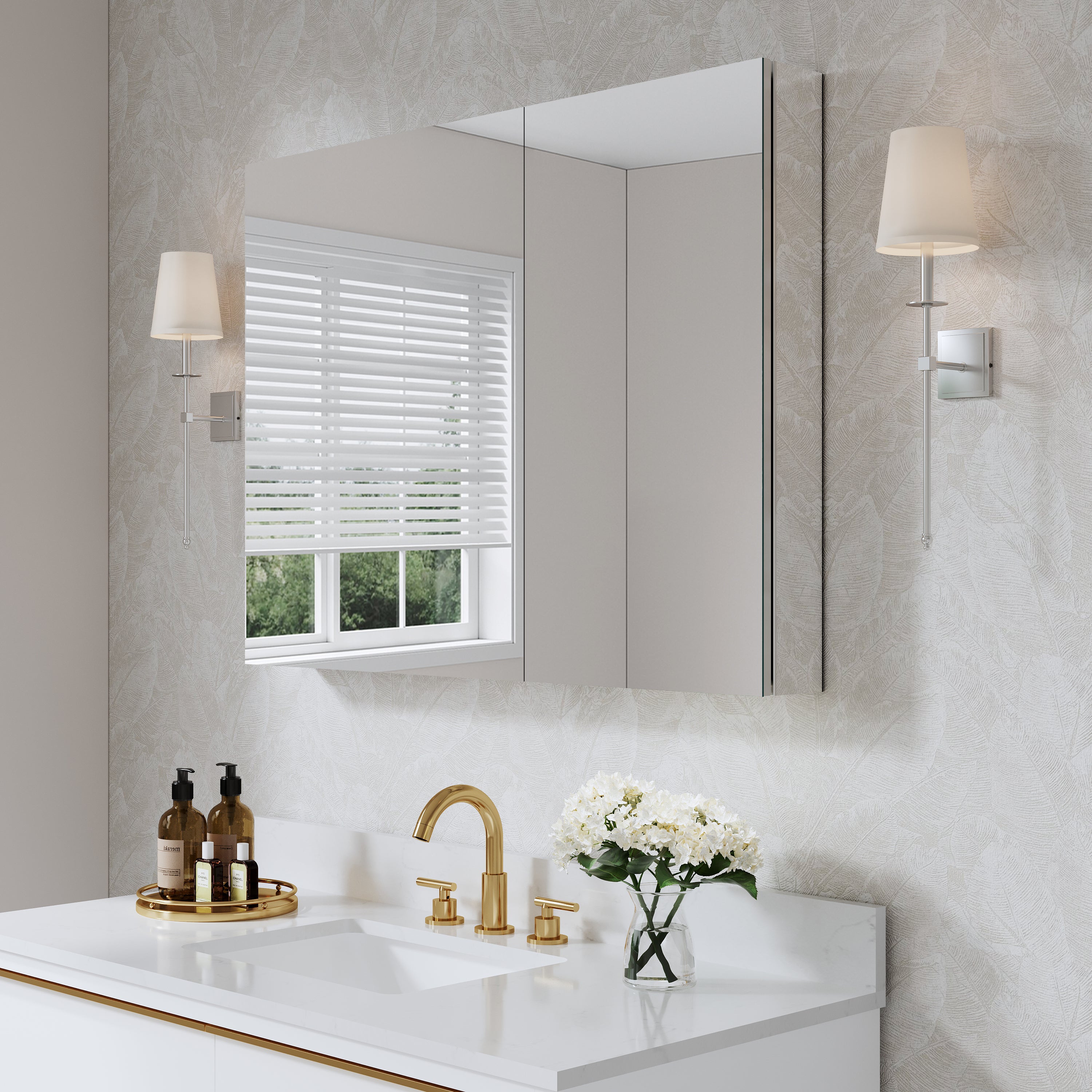

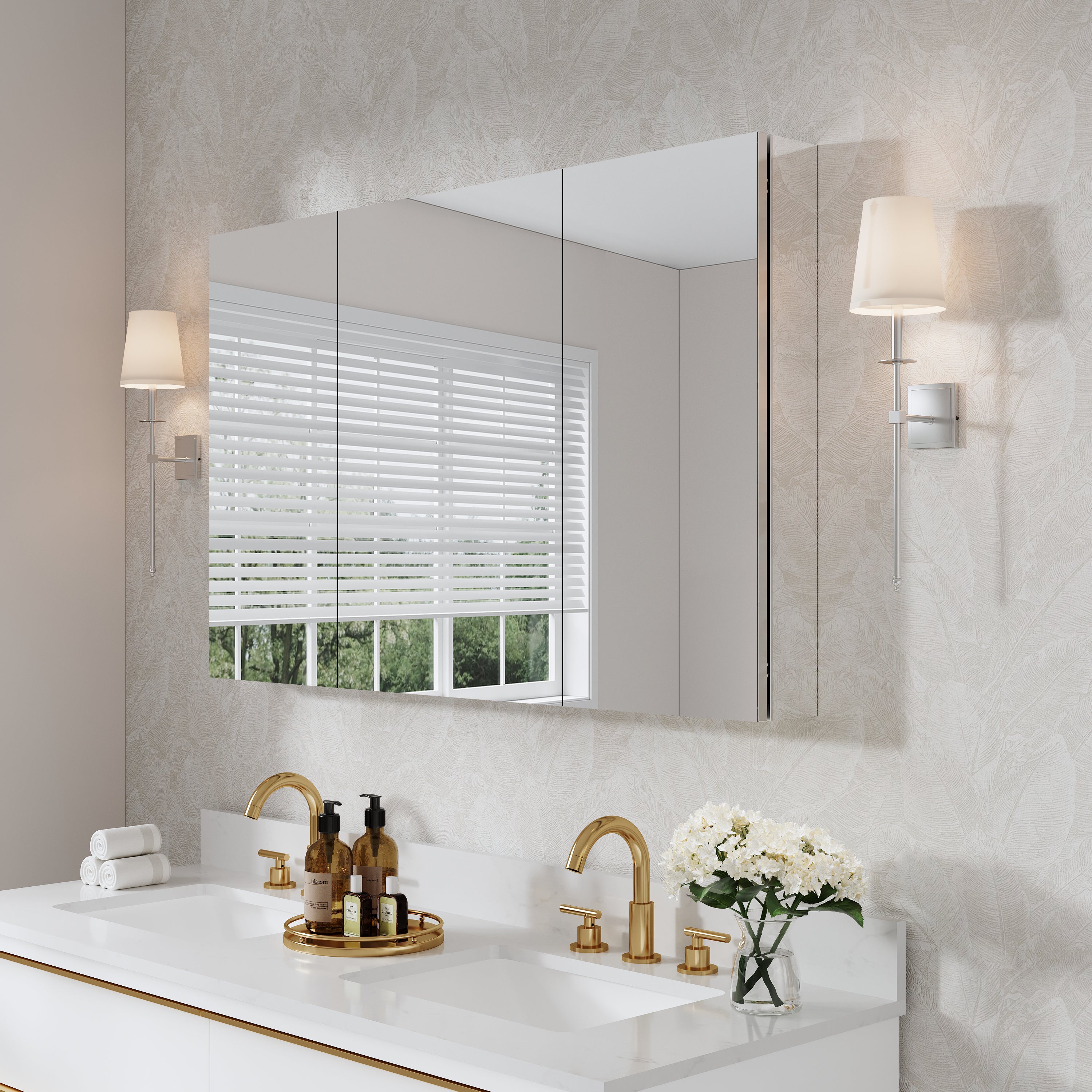
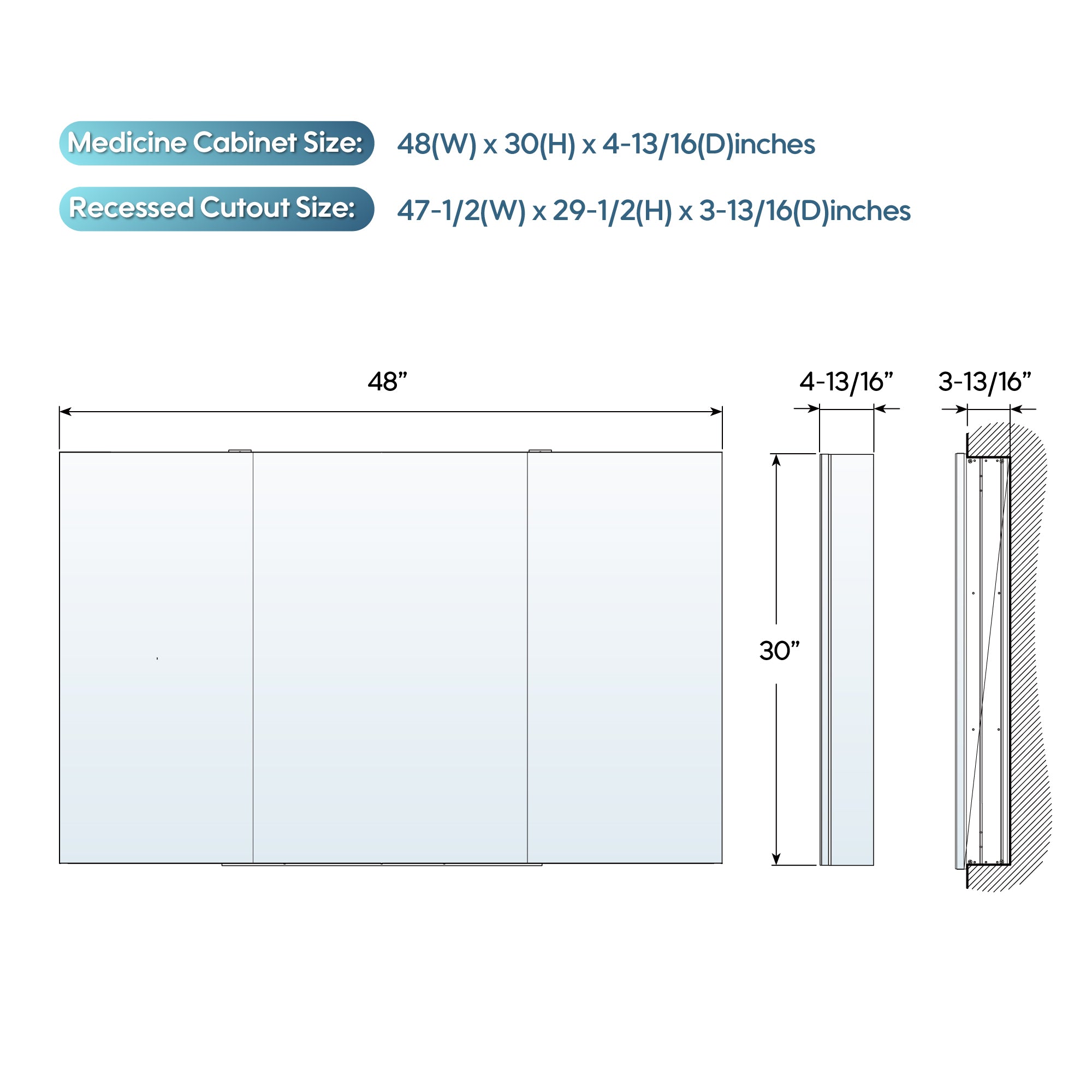

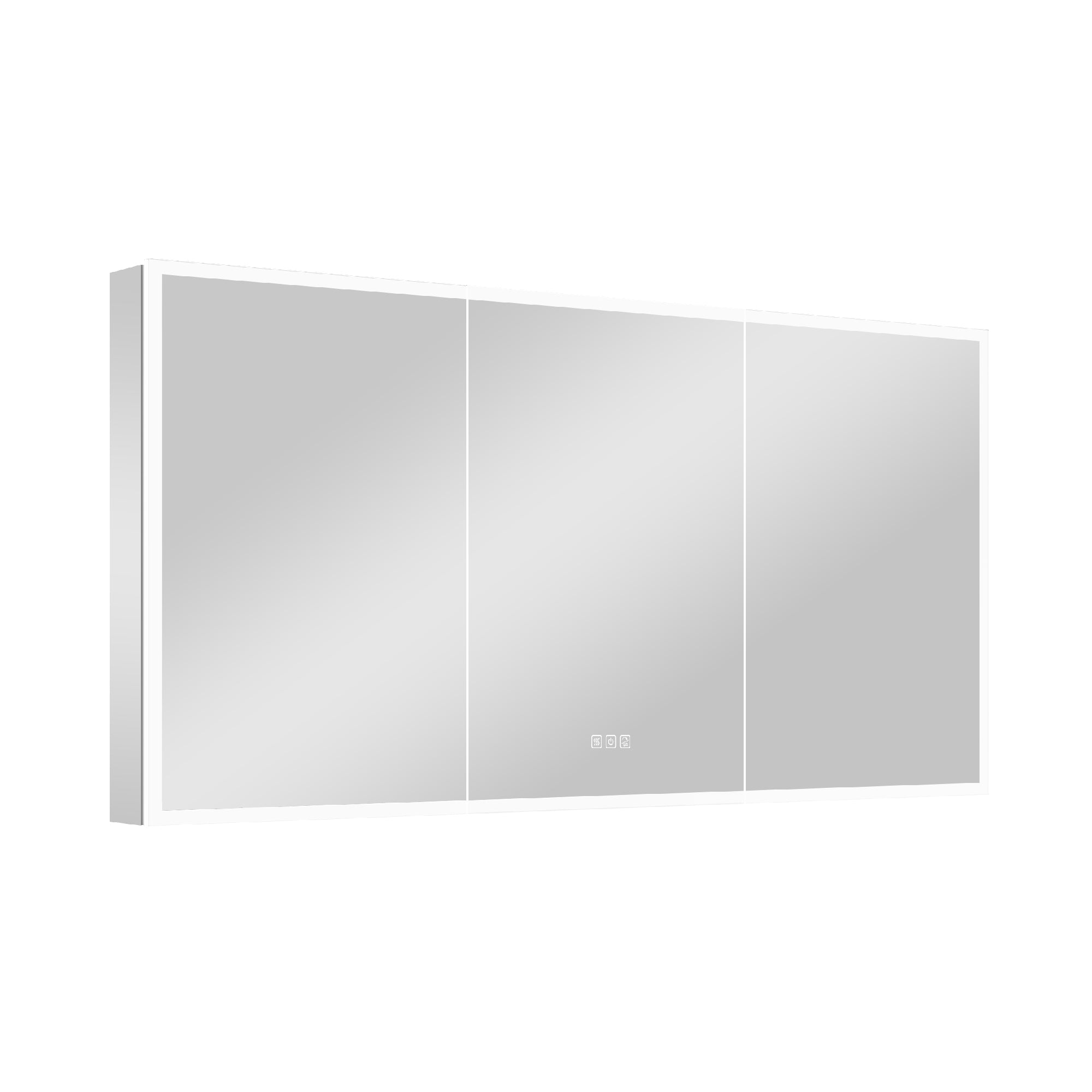
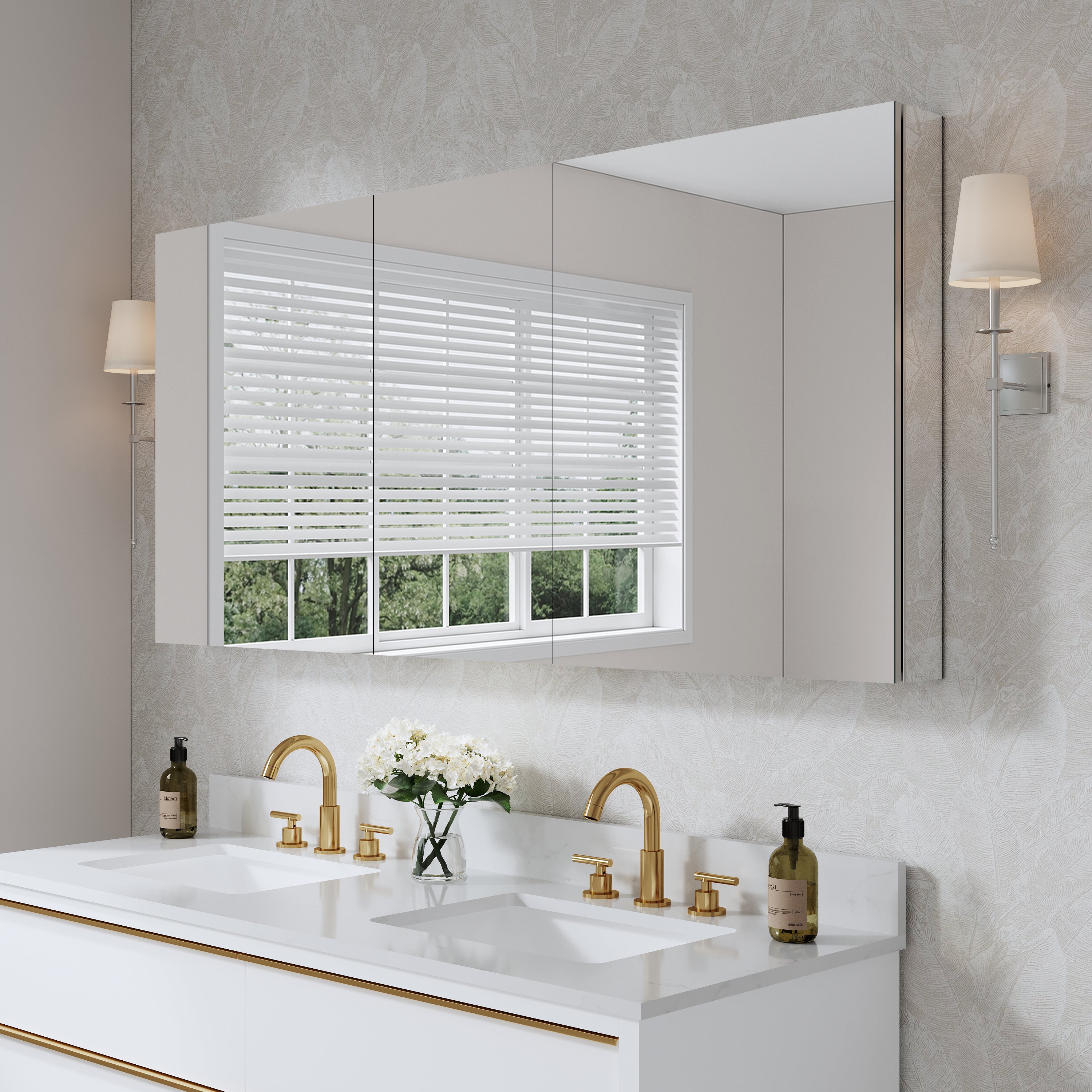




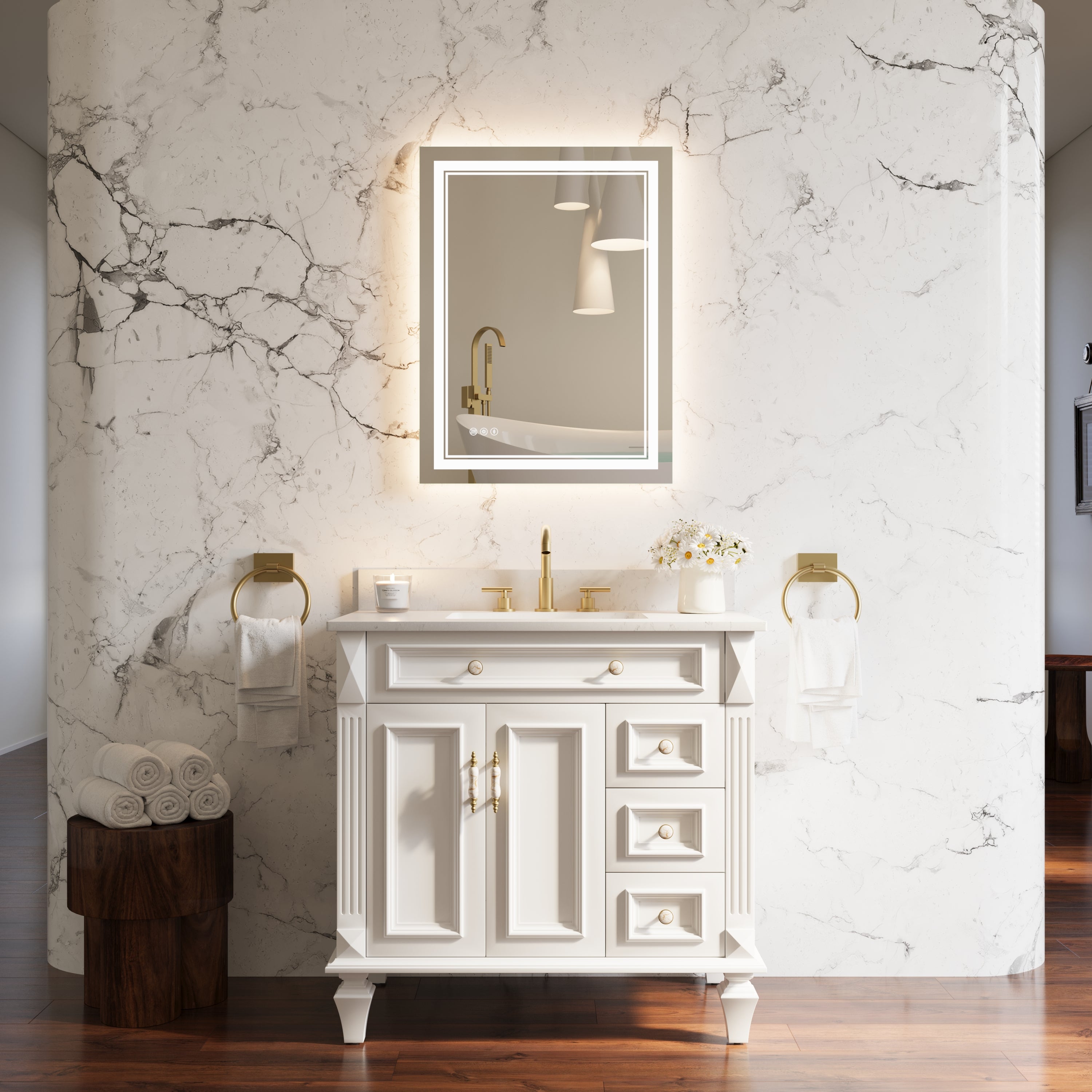
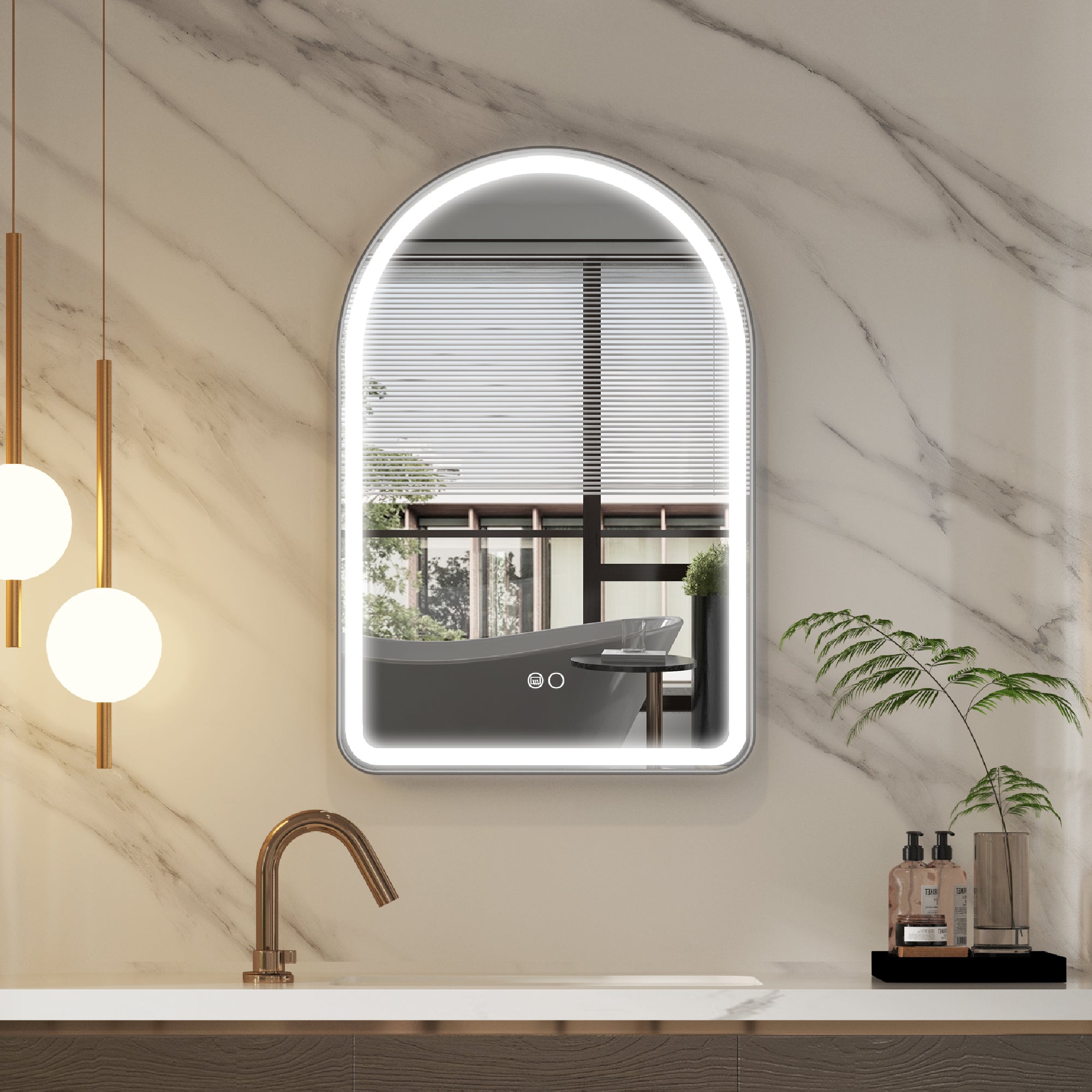
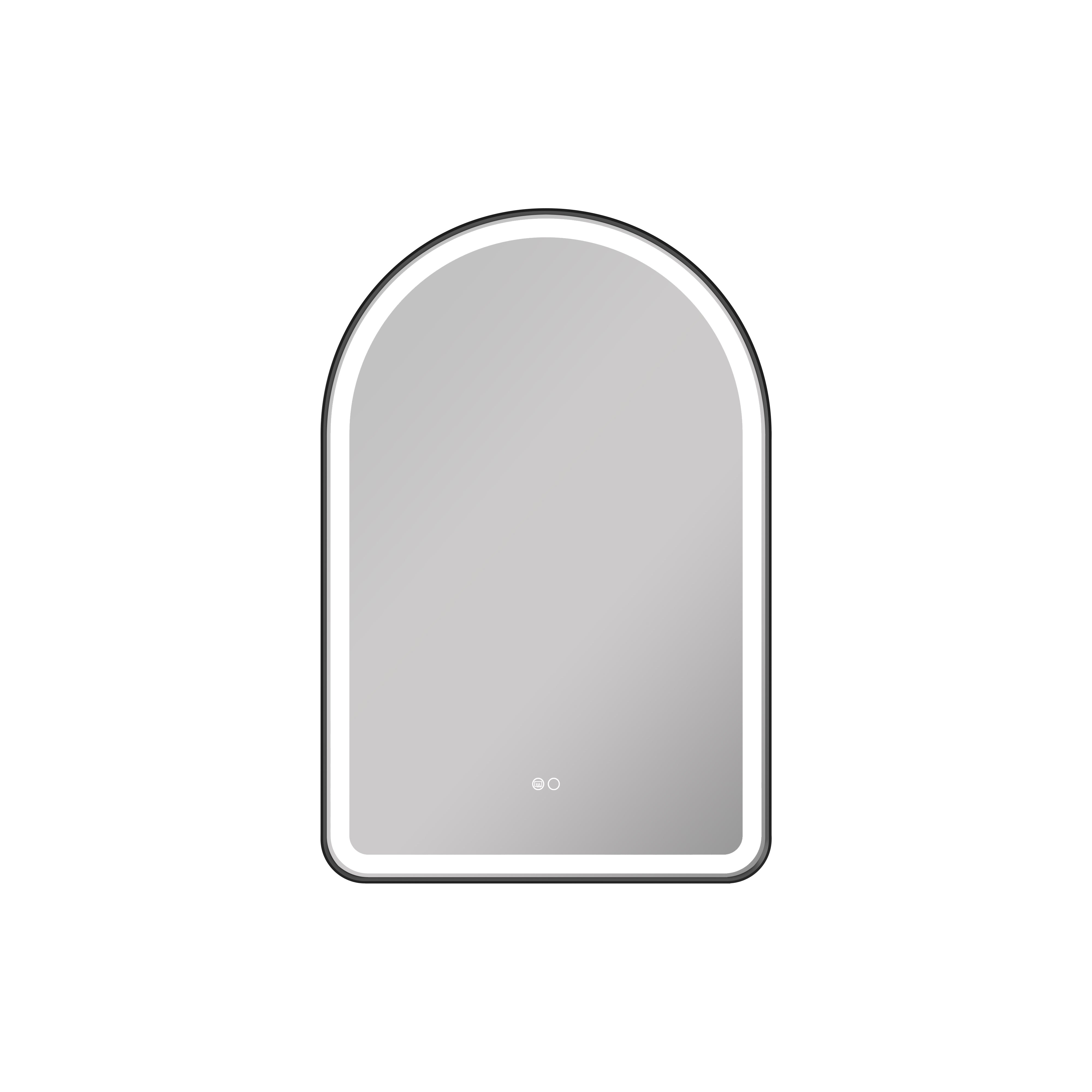

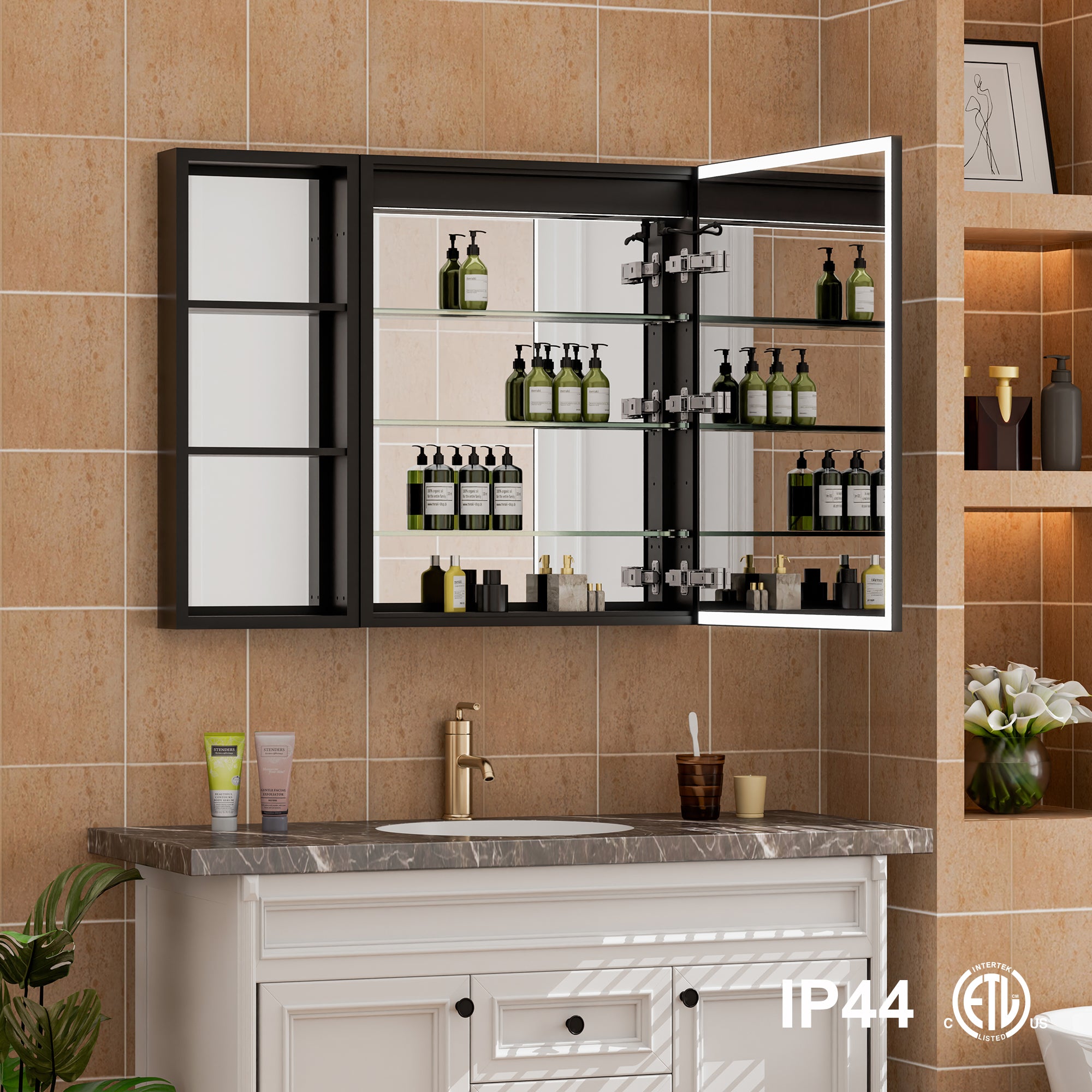
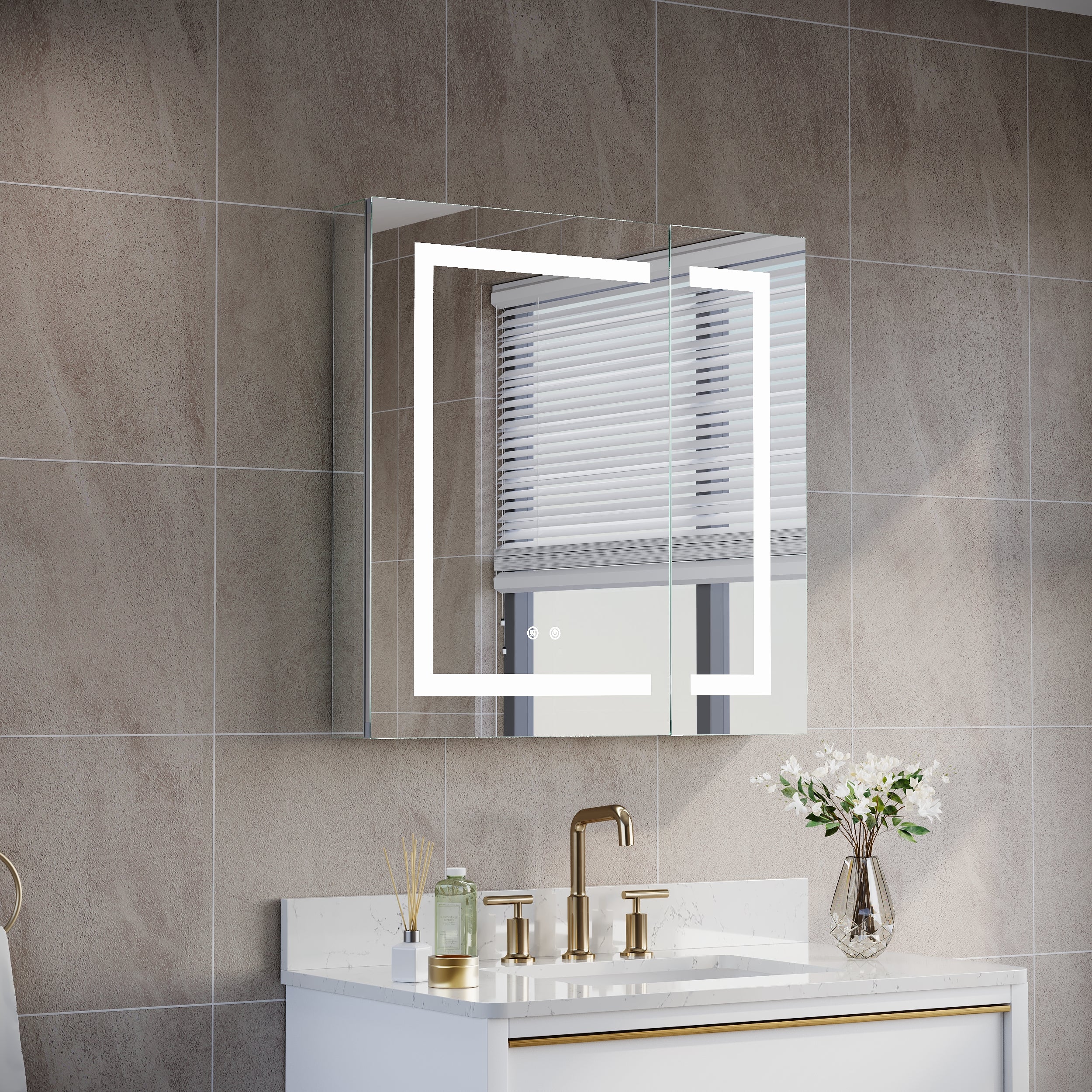
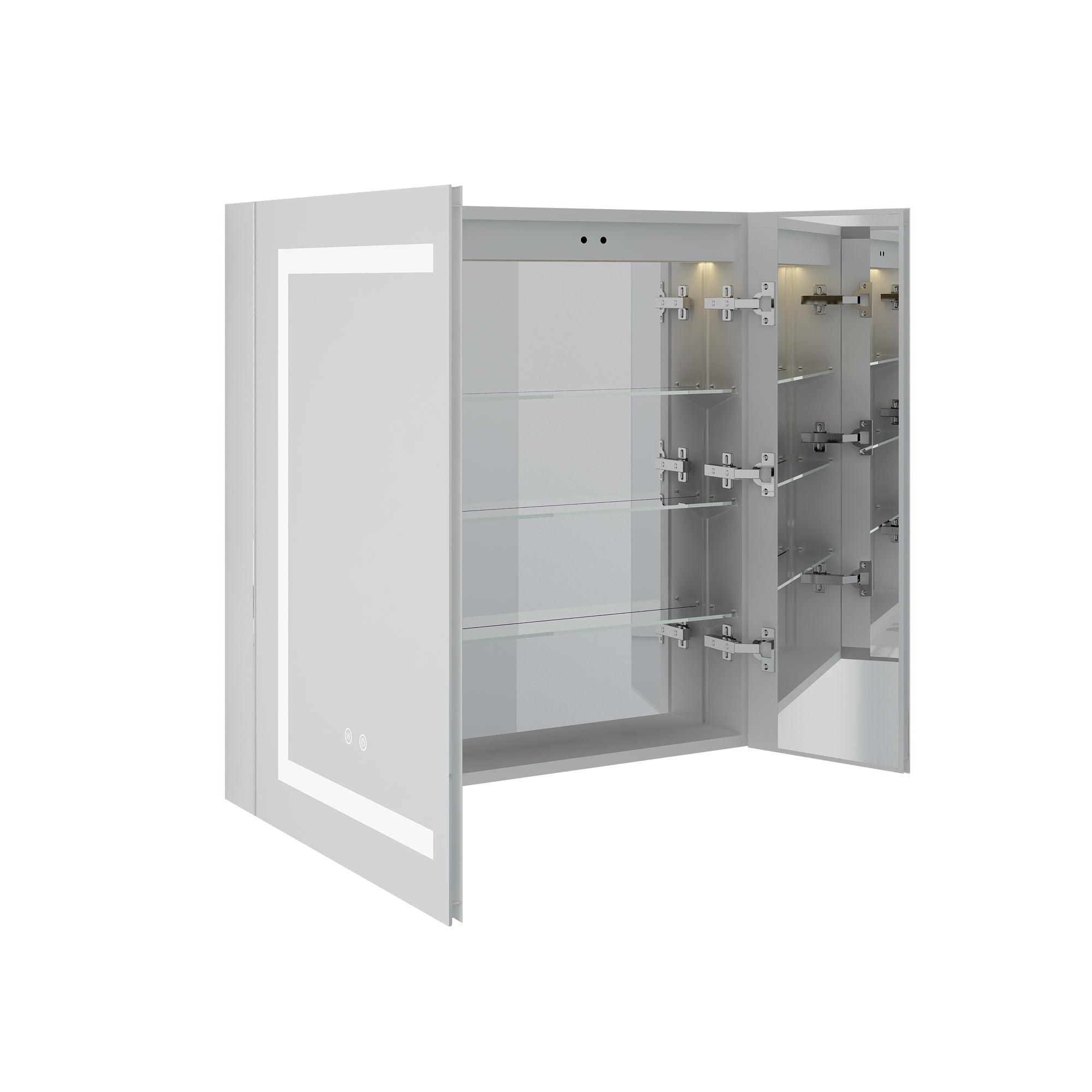
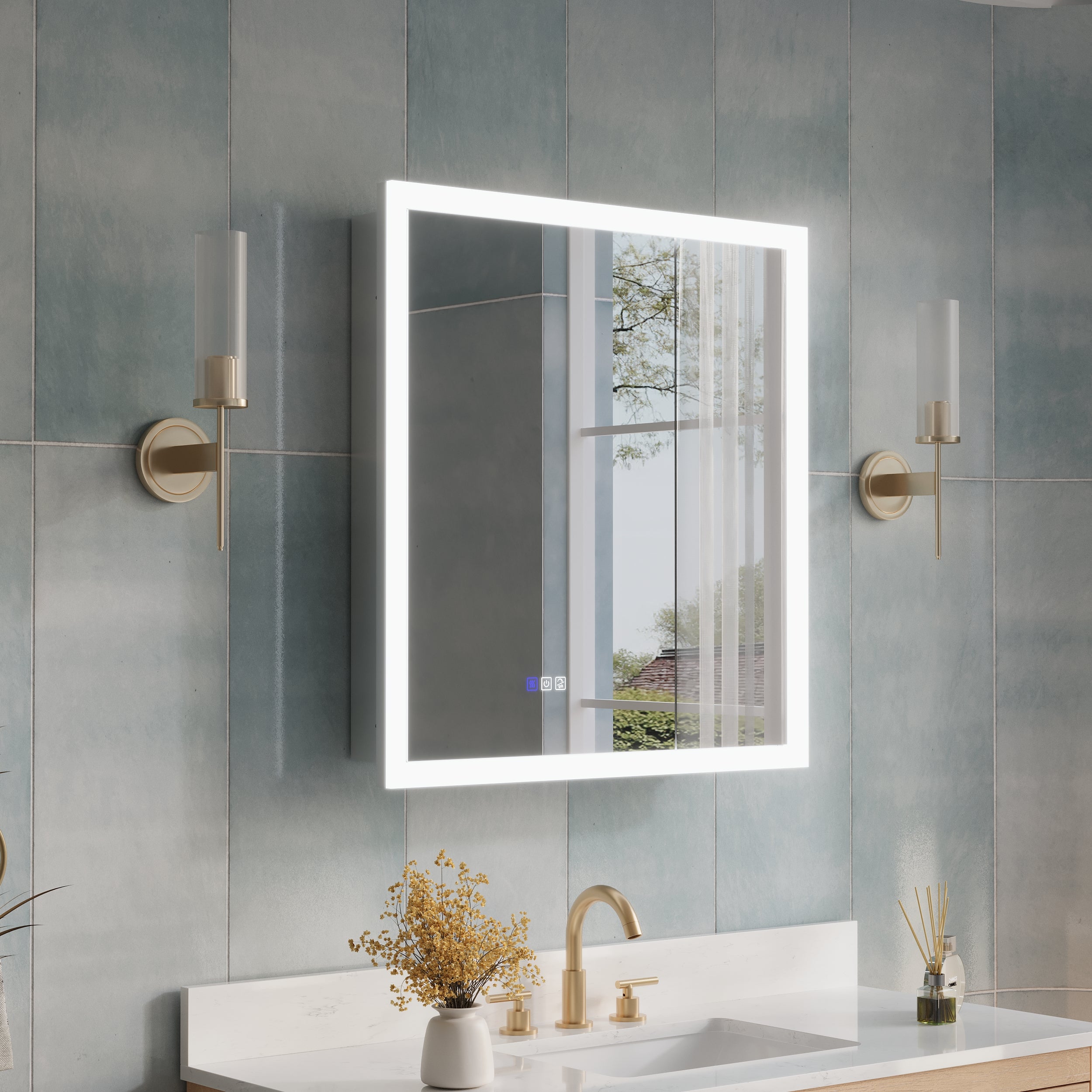
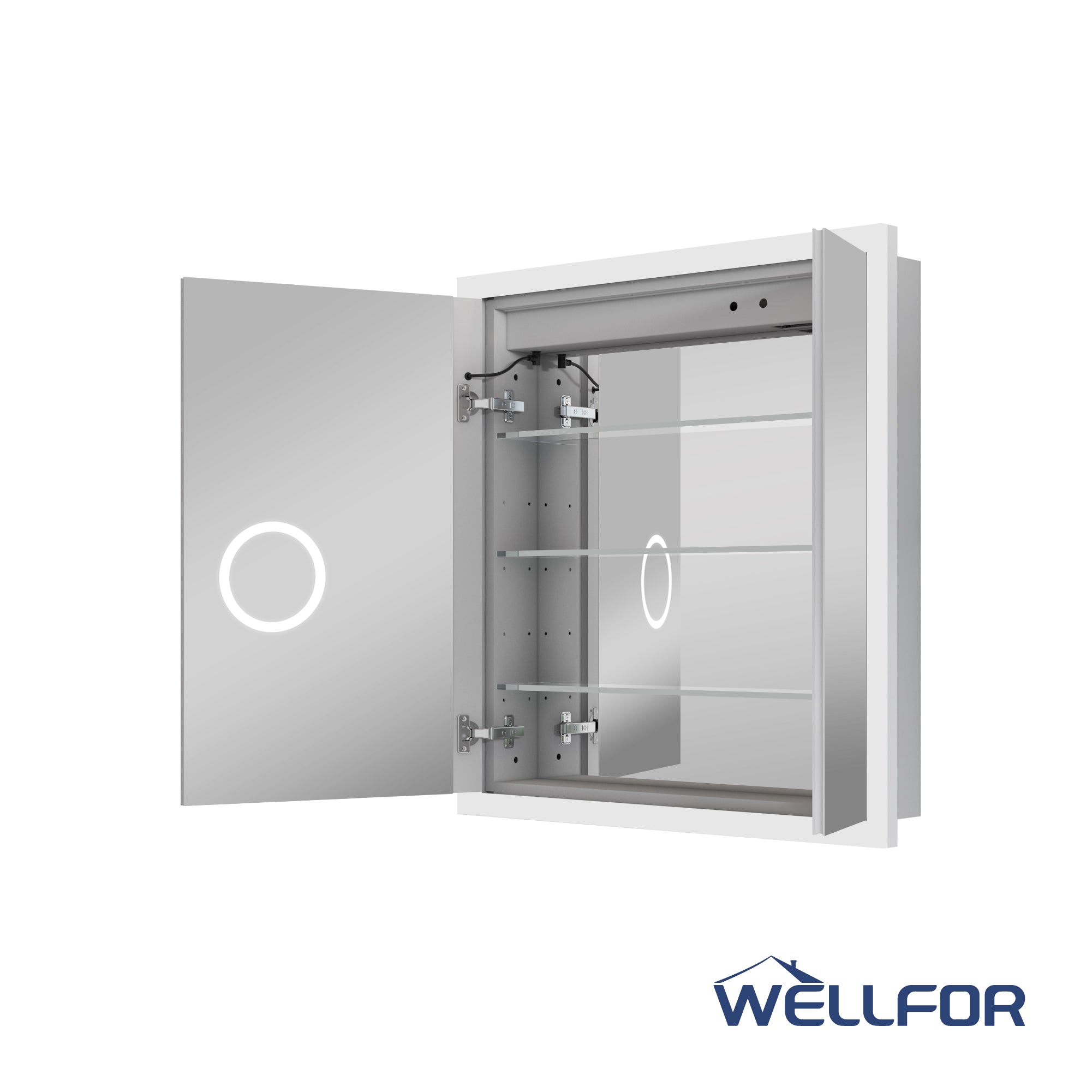
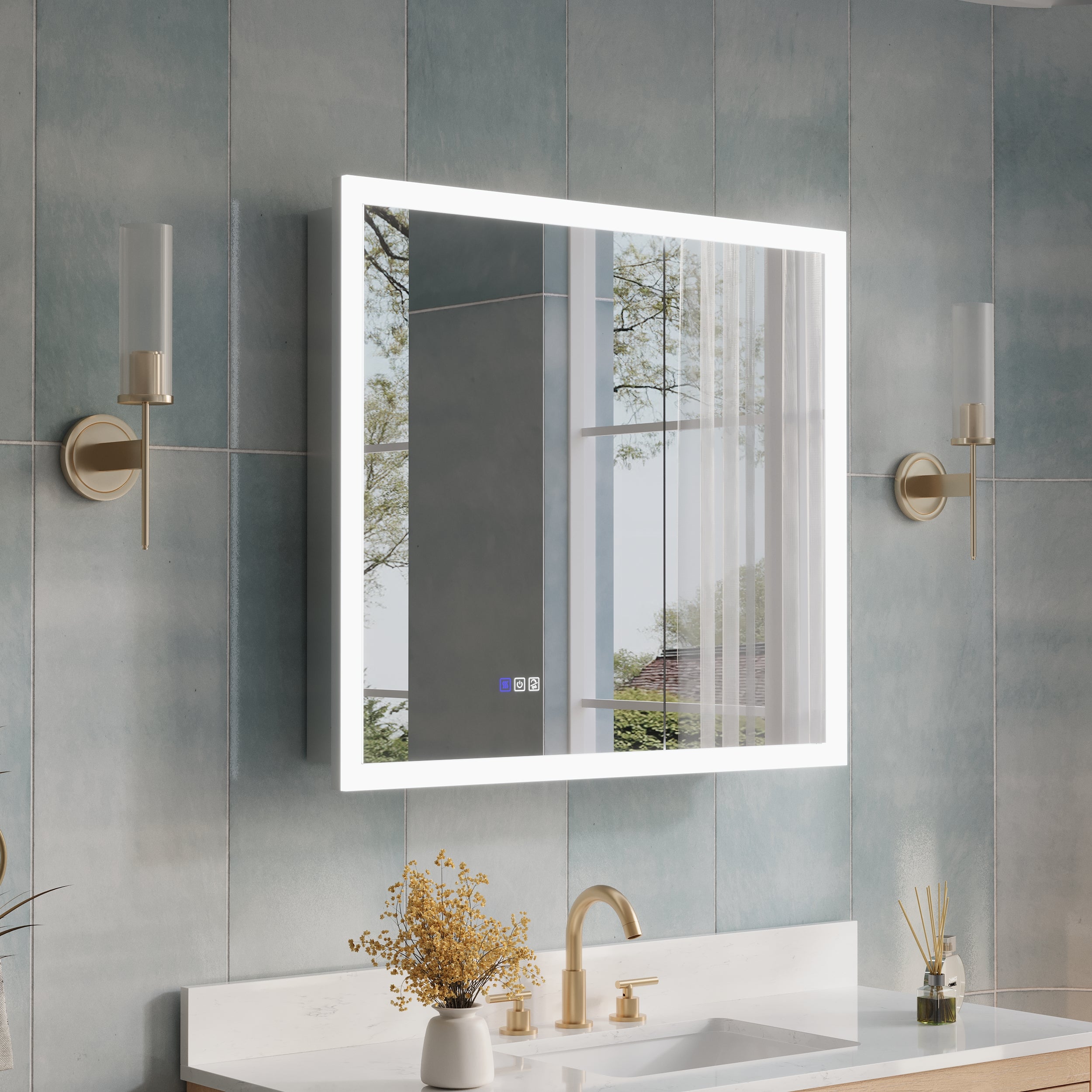

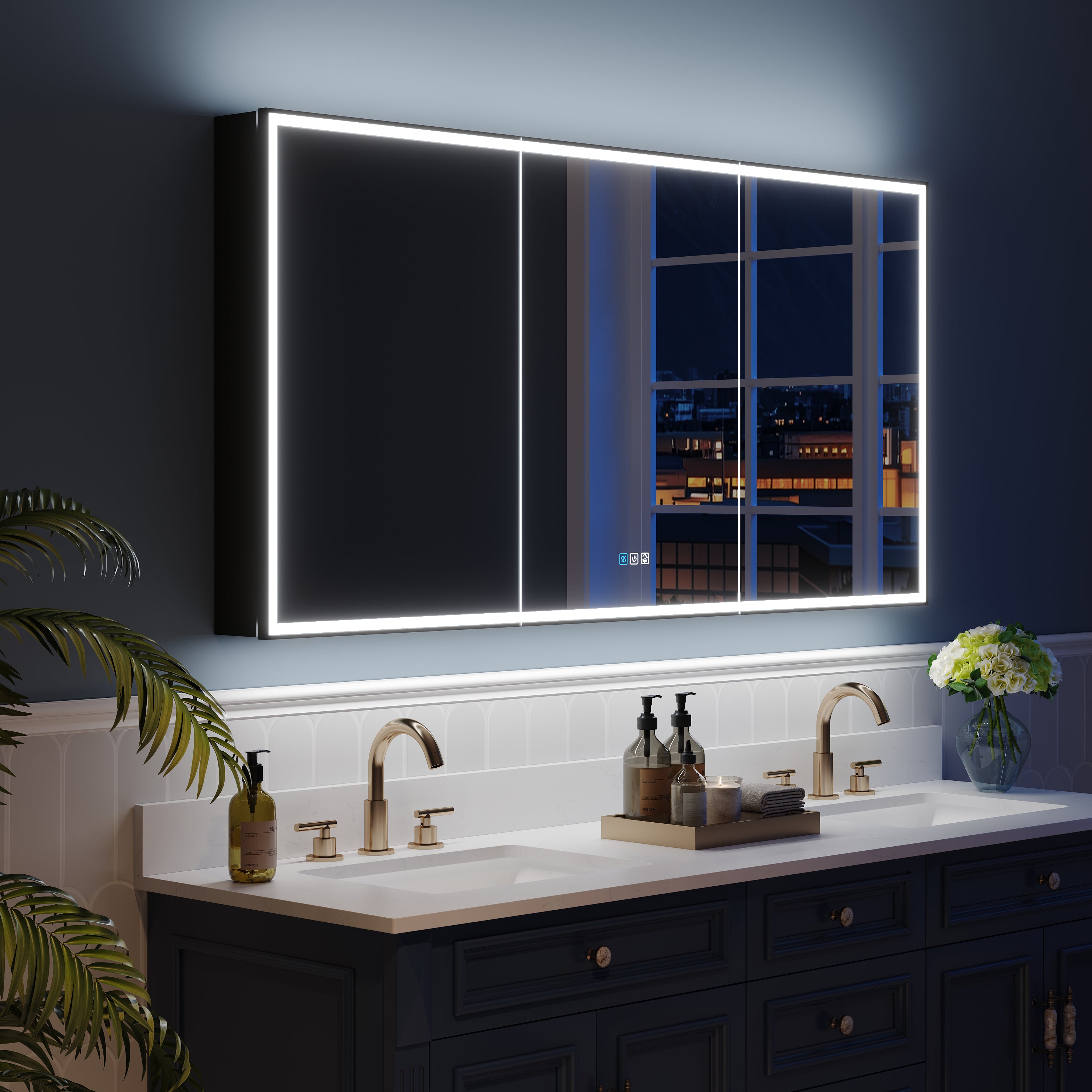
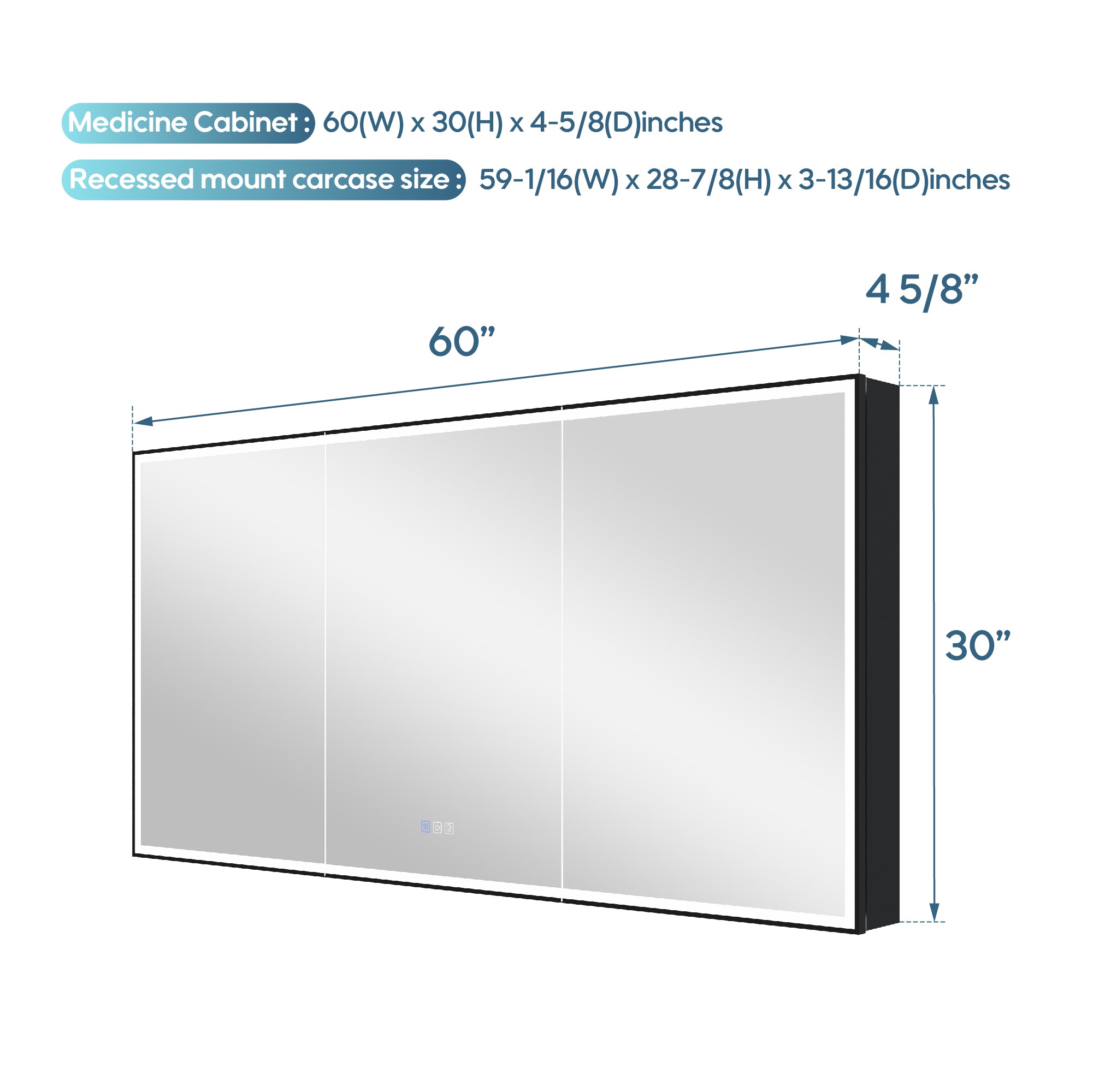
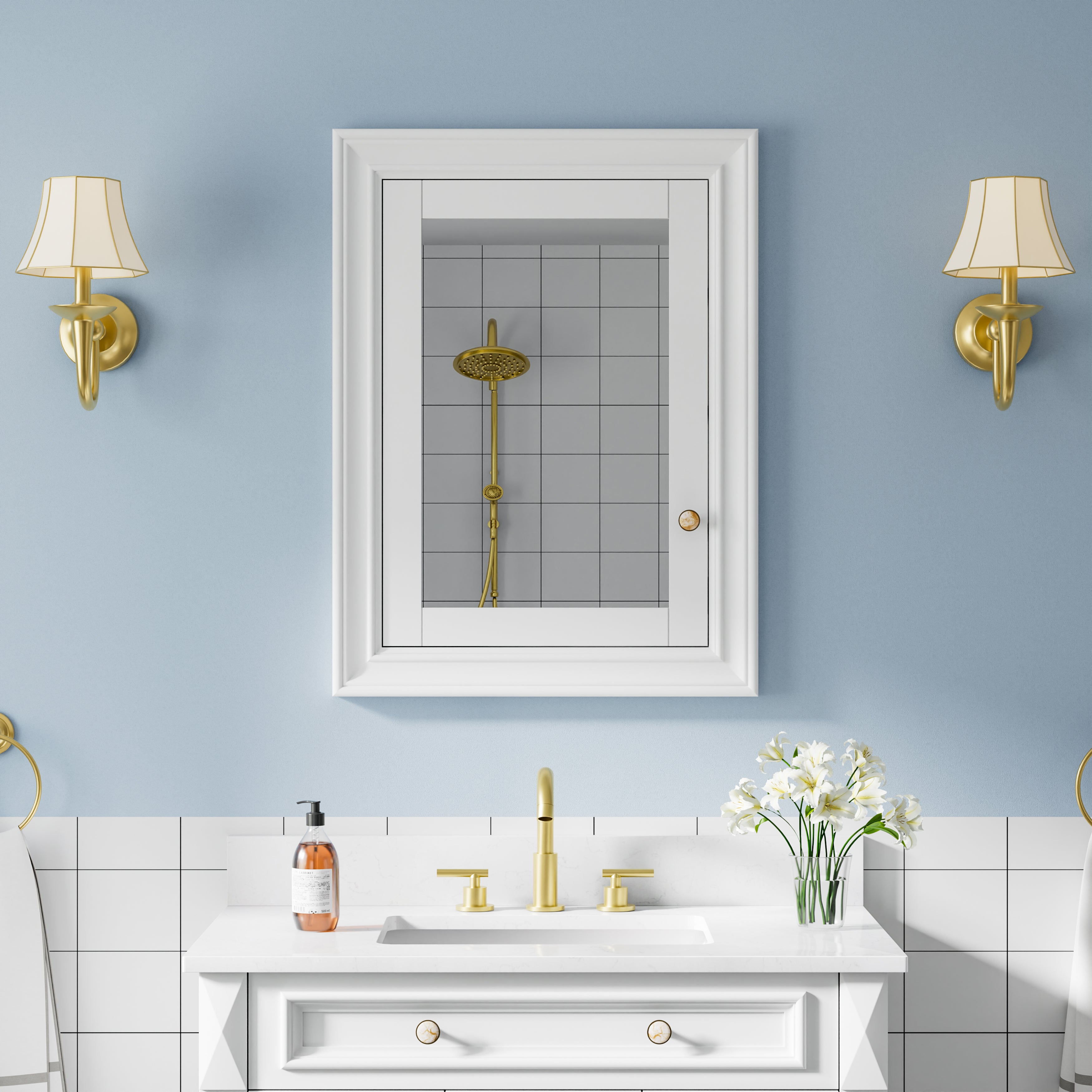


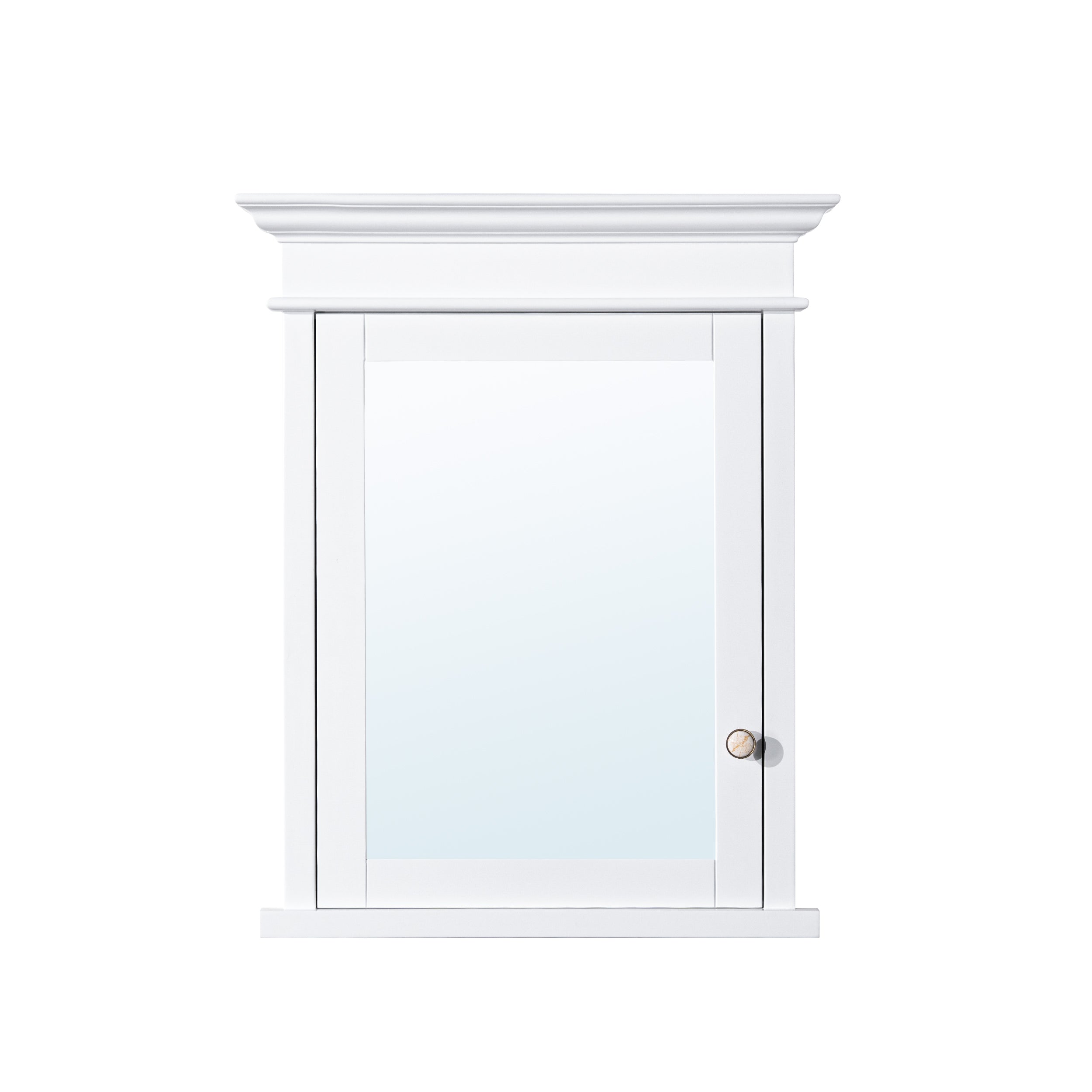

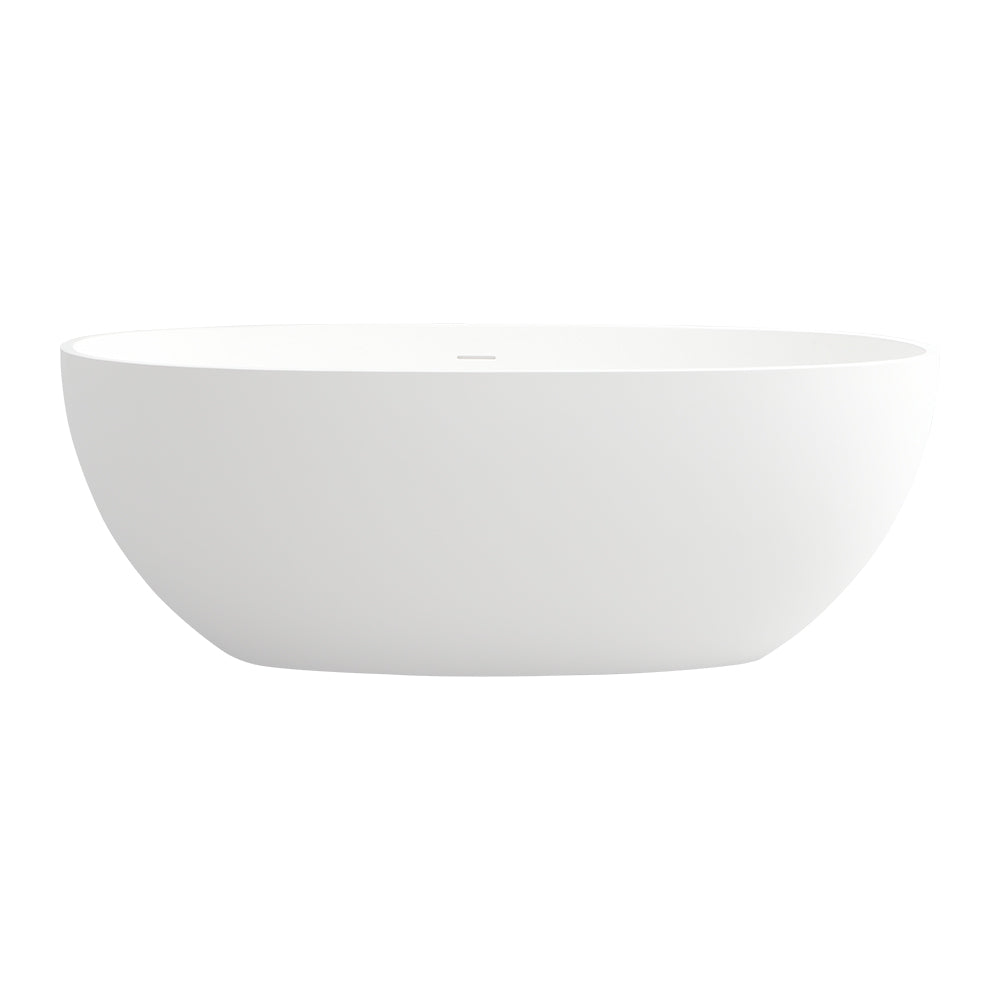


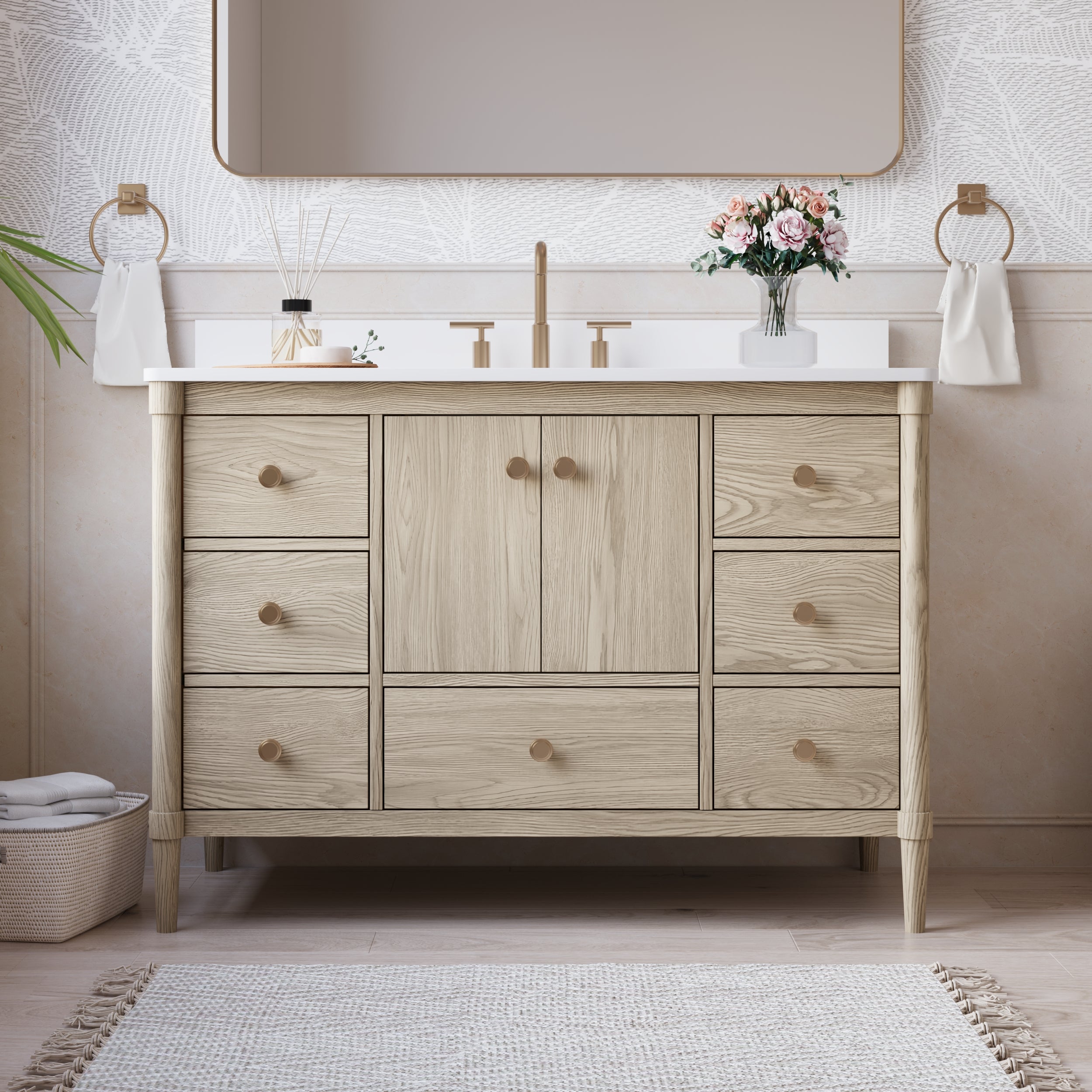
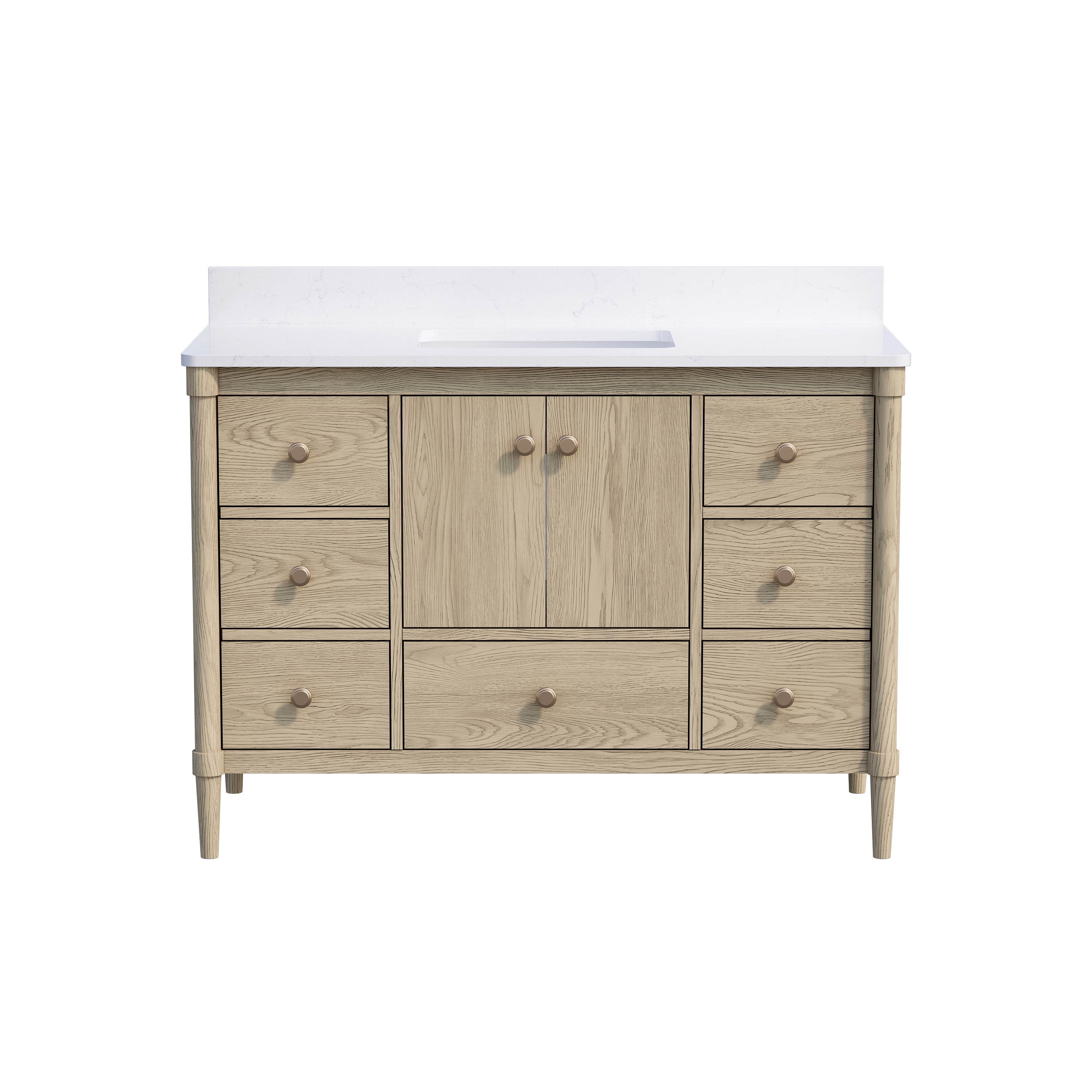
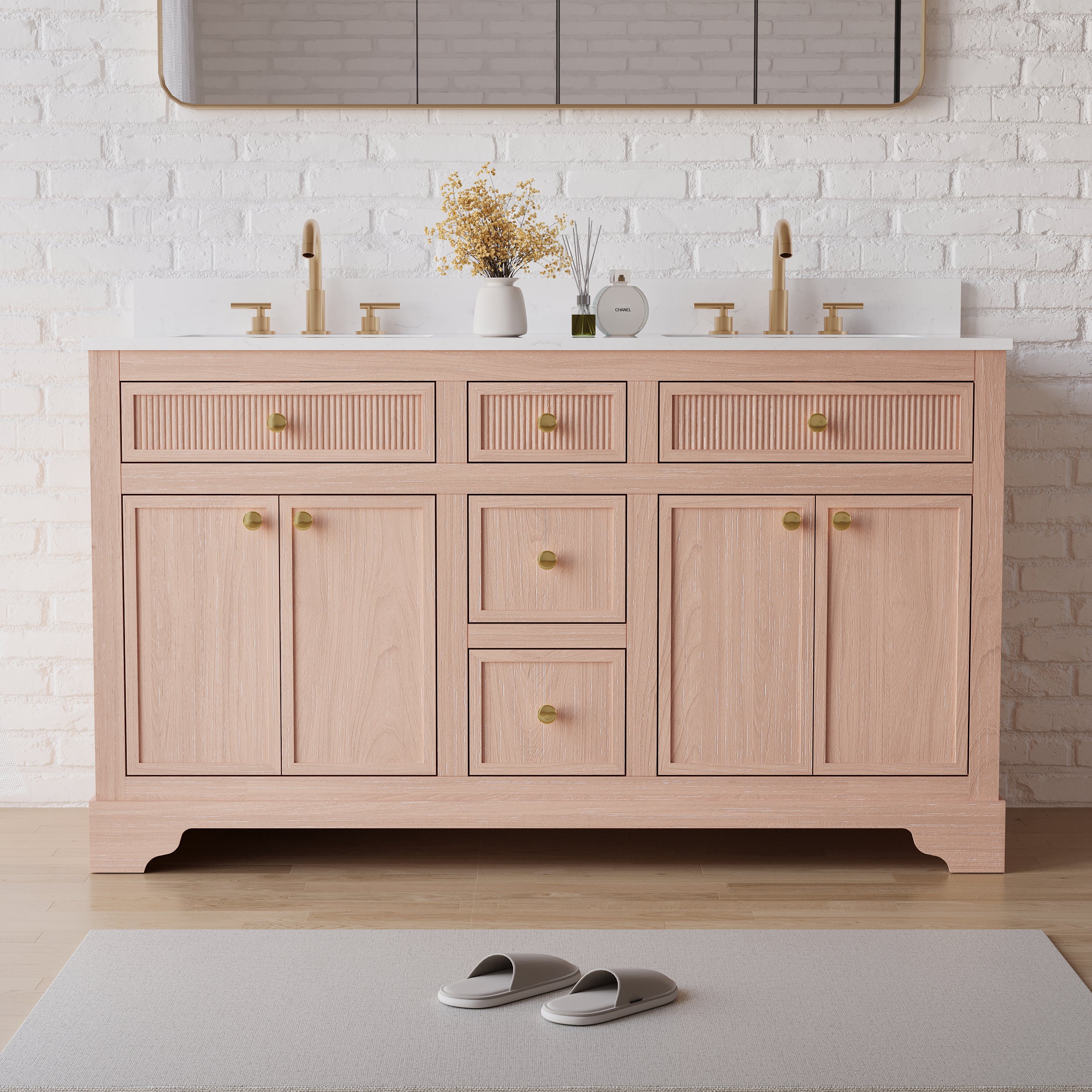



Leave a comment
This site is protected by hCaptcha and the hCaptcha Privacy Policy and Terms of Service apply.